• THE CORNFLOWER •


Asteraceae family
This plant is easy to recognise, with its deep indigo blue colour and hair-covered stem.
• THE ALPINE CLEMATIS •


Family Renonculaceae
Clematis is a vine that attaches itself to surrounding trees and shrubs. This rather rare flower has four light blue tepals.
• THE GOLDEN BUTTON •


Family Renonculaceae
This is a perennial plant with simple, cup-shaped flowers formed from five tight, shiny sepals.
• THE CAMPANULA •


Family Campanulaceae
Its name comes from the Latin Camapana meaning ‘little bell’, which is light blue in colour.
• THE MILK THISTLE •


Asteraceae family
This is a thorny plant whose flowers form dense, tightly packed inflorescences.
• THE CREPIDE •


Asteraceae family
From 5 to 20 cm high, it thrives in mountain pastures. This trepide of altitude is easily recognized by the orange color of its capitula.
• THE GREAT GENTIAN •


Family Gentianaceae
A large, hardy perennial herb, it can live for 50 years and takes 10 years to flower the first time. Its strong root, which contains bitter glucosides, is used to make very famous aperitif drinks. Not to be confused with the white veratre, which is very toxic.
• THE GREAT MARGARITA •
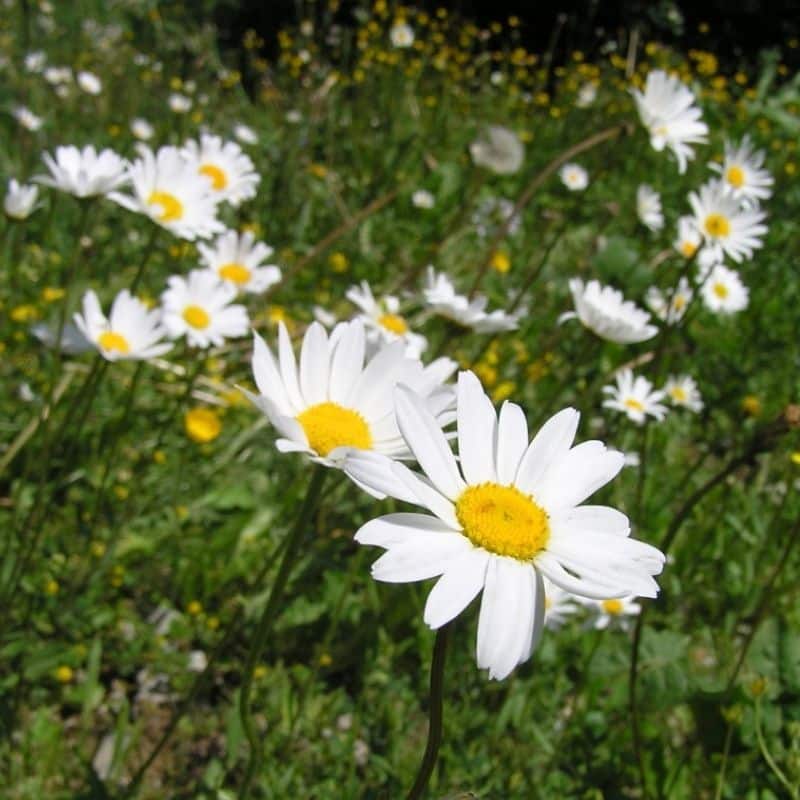
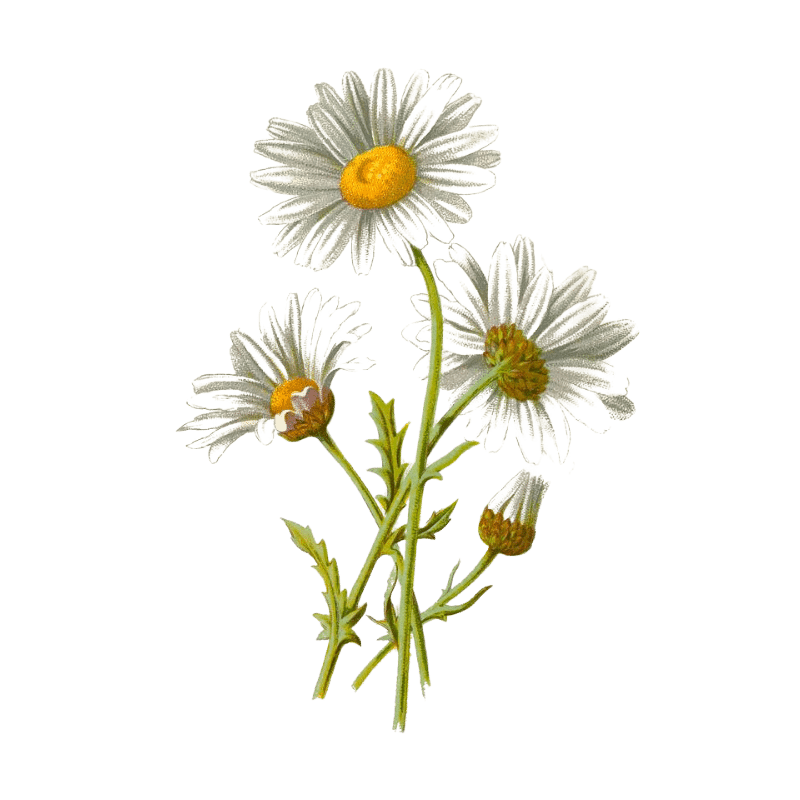
Asteraceae family
This field flower has 20 to 30 petals around its yellow centre. It is used to entertain children in the game of stripping.
• THE COTTON GRASS •
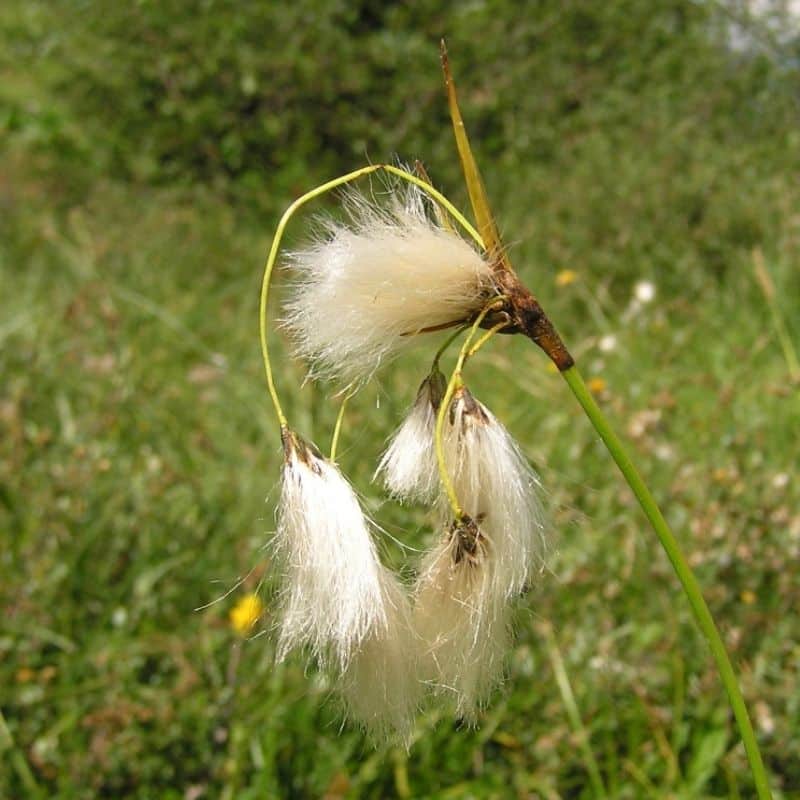

Cyperaceae family
Also known as “down rush”, this plant loves humid environments. In some areas their silks have been used as cotton.
• THE FIREWEED •


Family of the Onagracées
Commonly called Laurier de Saint Antoine, the plant can grow up to 2m tall. The Spike-primrose is a pioneer species present in dense colonies in all open areas. It is used in the composition of multifloral mountain honeys
• THE BIRDSFOOT TREFOIL •


Family Fabaceae
A yellow perennial herb. It is melliferous. Its small leaves feed the caterpillars of 12 species of butterflies.
• THE BISCUTELLE •


Brassicaceae family
This perennial plant grows in rocky areas. Its fruit evokes a pair of glasses.
• THE MYOSOTIS •


Borginaceae family
Also known as ‘don’t forget me’. Around 100 species are found in mountainous regions around the world.
• ORCHIS INCARNAT •


Family Orchidaceae
This species is in serious decline as a result of the reduction in wetlands.
• THE OROBRANCHE •


Family Orobanchaceae
This chlorophyll-free plant is best recognised by its scaly, upright, straw-yellow stem.
• THE POPPY •


Papaveraceae family
Poppies have large, solitary flowers, often very colourful, with four satiny, slightly crinkled petals.
• THE DANDELION •


Asteraceae family
After flowering, simply blow on the tart achenes to see them fly away and make a wish.
• THE BISTORTE KNOTWEED •

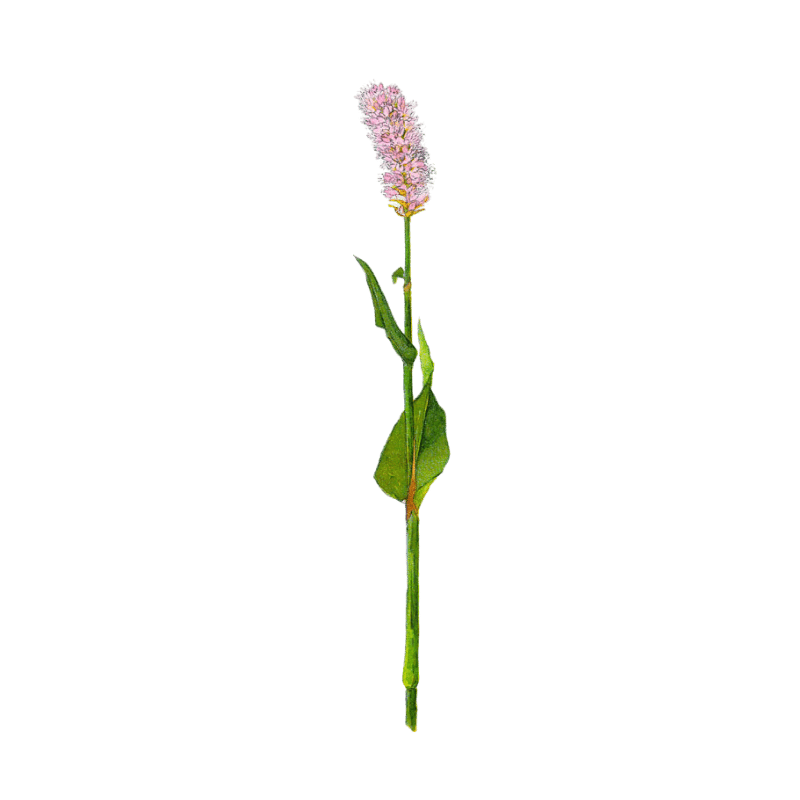
Family Polygonaceae
An edible plant. Its simple stem ends with pink flowers in single spike.
• THE SWOLLEN SILENE •

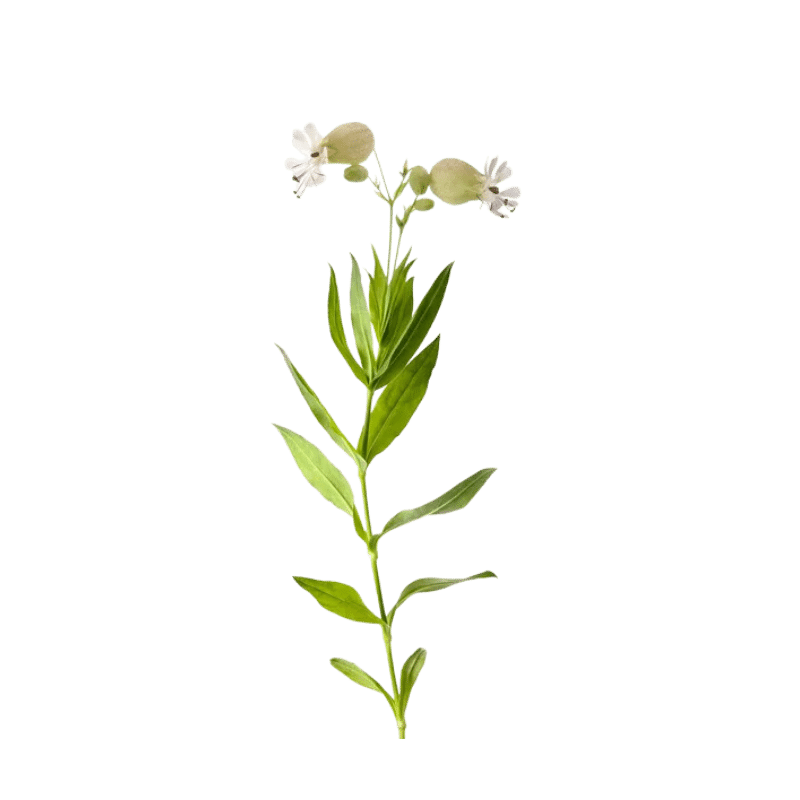
Family Caryophyllaceae
This flower, which children use as a firecracker, is easy to find.
• THE SERPOLET THYME •
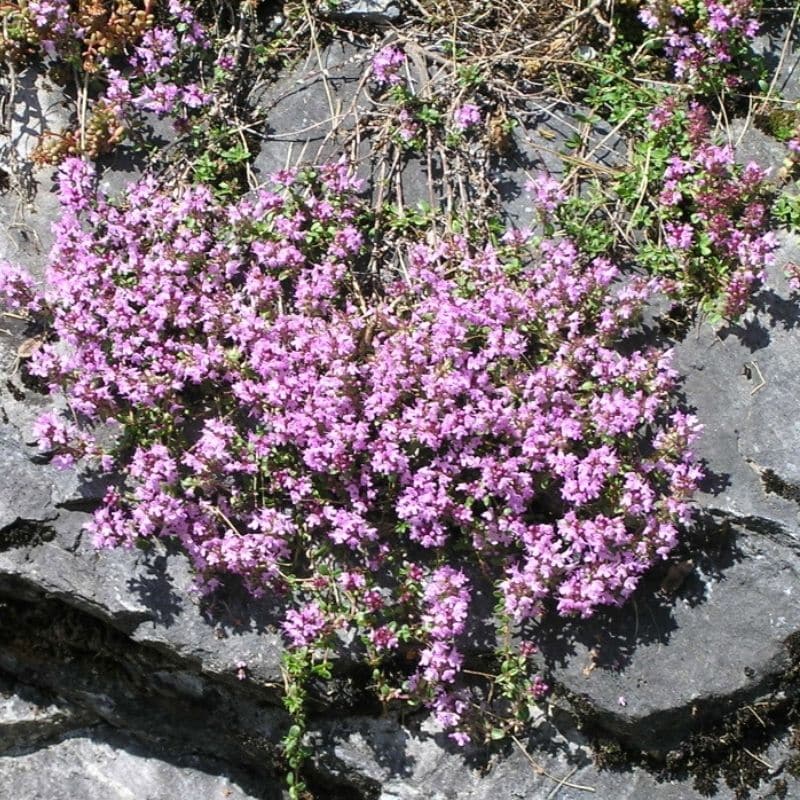

Family Lamiaceae
This low-growing plant flowers from June to September. In aroma or infusion, it has aromatic characteristics close to thyme.
• THE COLOMBAR SCABIER •


Family Dipsacaceae
Columbine is a bushy plant that produces magnificent mauve flowers. It is used today as an ornamental plant, requiring little maintenance.
• CREEPING BUG •


Labiatae family
Creeping Bugle is an evergreen perennial that grows in cool places. The blue-purple flowers, rich in nectar, appear between May and July.
• THE GREAT BERCE •
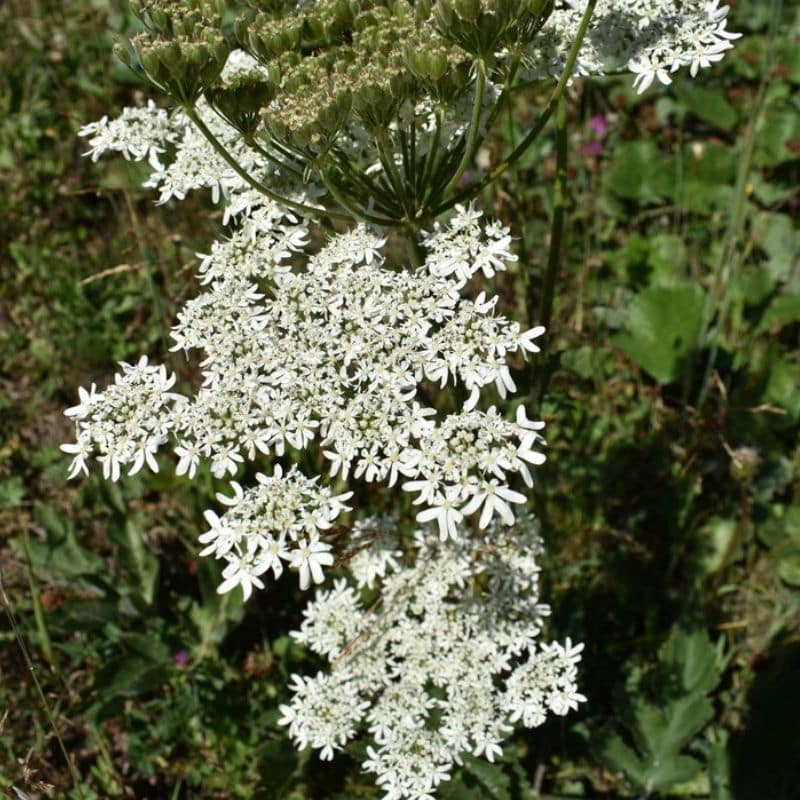

Family Apiaceae
Also known as wolf’s foot, this plant is easily distinguished by its umbels of beautiful white or sometimes pink flowers.
• THE MUSK MALLOW •

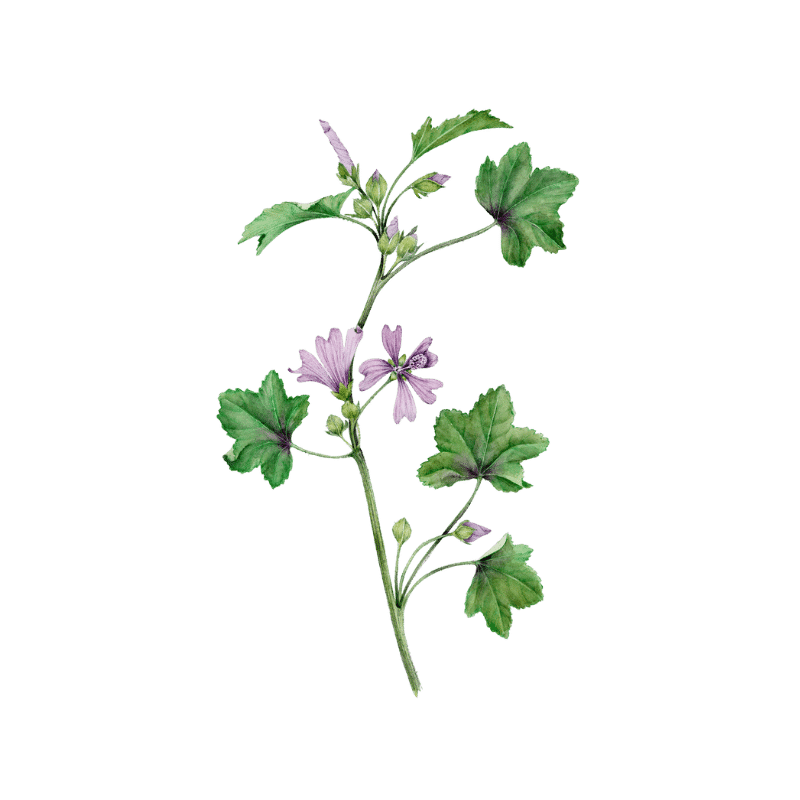
Family Malvaceae
These flowers, reminiscent of a windmill in shape, last for just one day, but appear one after the other throughout the summer.
• THE RHODODENDRON •
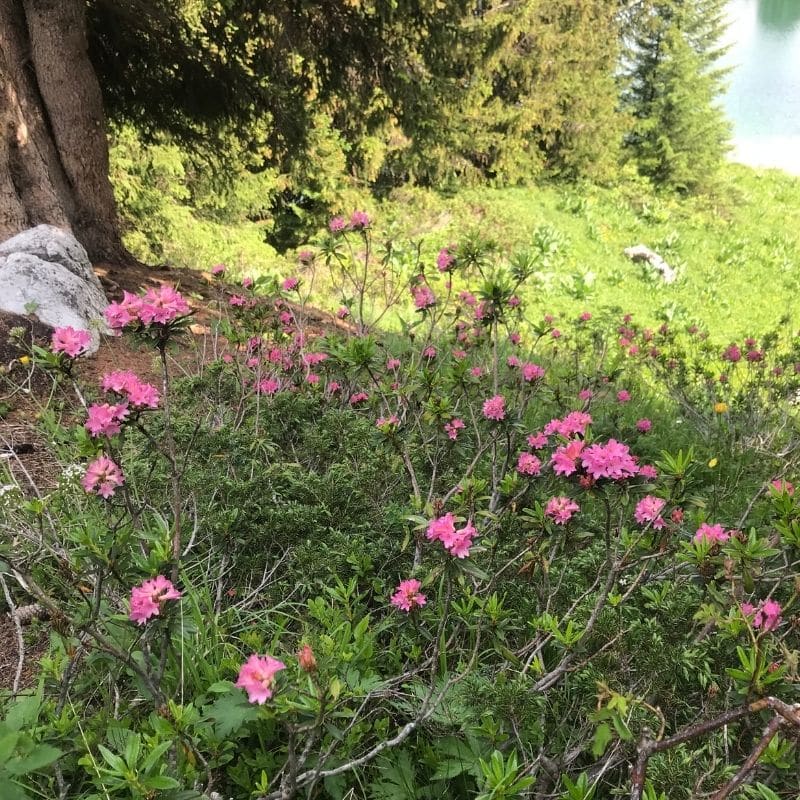
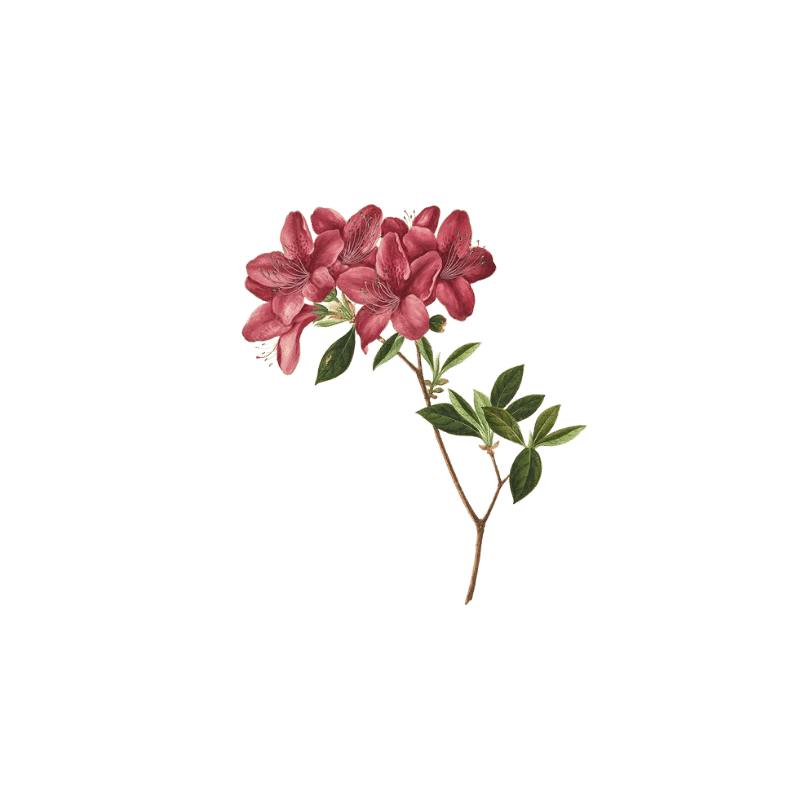
Ericaceae family
This flower is emblematic of mountainous regions. It is the national flower of Nepal, where it appears on the coat of arms of the country as a garland.
• THE RUMEX OR THE WILD SORREL •


Family Polygonaceae
This herbaceous perennial flowers from June to September. Rubbing a rumex leaf on skin bitten by nettles or insects is known to suppress itching.
• THE VÉRONIQUE PETIT CHÊNE •


Scrophulariaceae family
The little oak speedwell is a blue-flowered plant of ephemeral beauty. Indeed, it opens in the morning on a bright blue, it pinks at dusk and fades the next evening.
• THE LARGE BUOY •


Apiaceae family
Quite common in the countryside, where it grows in meadows and clearings, the big buckthorn is a plant with dark, highly dissected foliage resembling that of ferns, and white or pale pink flowers in umbels.
• THE ORANGE HAWK •


Asteraceae family
The orange hawkweed is a particularly fast-growing plant that blooms a flamboyant orange, much appreciated by both its admirers and the pollinating insects that are sure to feast on its nectar.
• THE MIDDLE PLANTAIN •


Plantaginaceae family
Medium plantain grows wild in fields and meadows, and its young shoots are edible and enjoyed both cooked and raw.
• THE RED COMPANION •


Family Caryophyllaceae
The leaves are slightly hairy, the stems hairy and branched and the flowers pink or red with a white base have five petals with two lobes.
• LUPULIN ALFALFA •

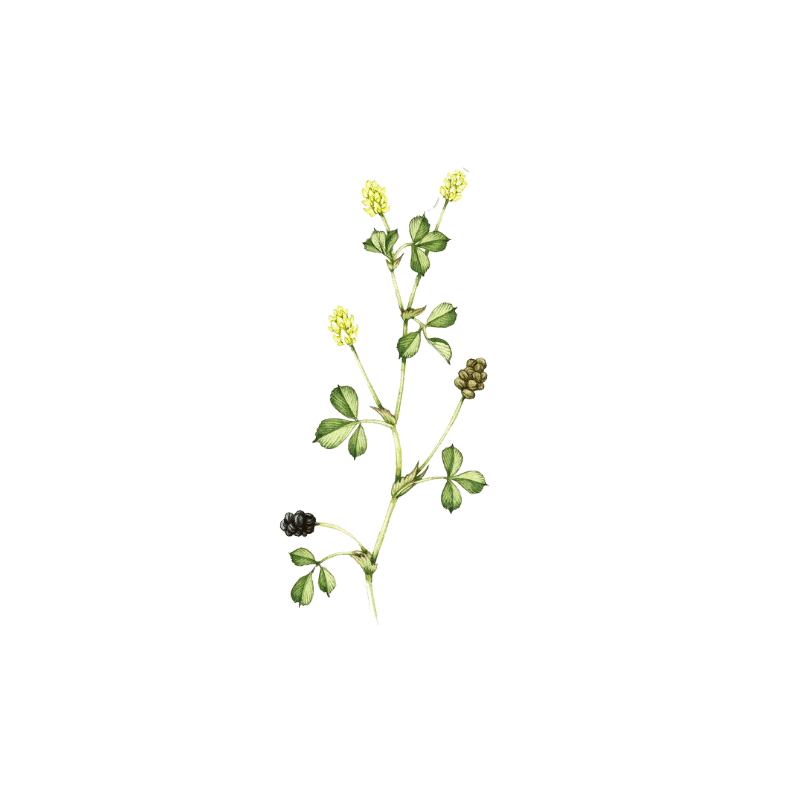
Fabaceae family
Lupulin alfalfa is a plant sometimes grown as a green manure or forage. It can be confused with yellow clover.
• THE VULNERABLE ANTHYLLIDE •


Fabaceae family
Vulnerary anthyllid is a plant characterised by the woolly appearance of its flower clusters.
• THE OFFICINAL VALERIAN •


Family Caprifiolaceae
Valerian is a perennial herbaceous plant. It is also known under the vernacular names of Herbe-au(x)-chat(s), Herbe de Saint-Georges, or Herbe à la meurtrie.
• THE WOOD GERANIUM •


Geraniaceae family
Like a spring, its seeds can be propelled several dozen centimetres from the plant.
• THE ALPINE ROSE •


Family Rosaceae
This rose is distinguished by its hanging fruit, the bright colour of its flowers and its usually thornless branches. From its Latin name, Rosa pendulina, Pendulina means “pendant”, recalling the falling port of the fruits of this flowering plant.
• THE MEADOW SALSIFY •


Family Asteraceae
It is sometimes called ‘Goat’s Beard’ because of the white hairs protruding from its flower head, resembling a small goatee.
• THE PIGAMON •


Family Renonculaceae
This plant is reputed to be irritating to the touch and toxic if swallowed.
• ROOSTER CREST RHINANTHE •
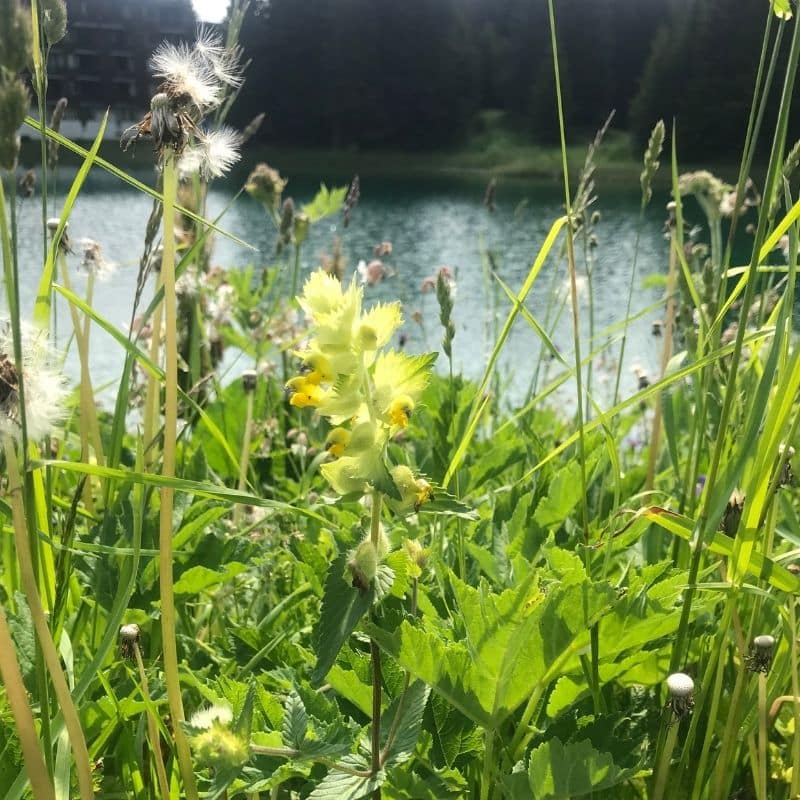

Family Orobanchaceae
Its vernacular name ‘cock’s crest’ refers to the very special shape of its corollas, which are reminiscent of a cock’s crest.
• THE ALPINE CALAMITY •
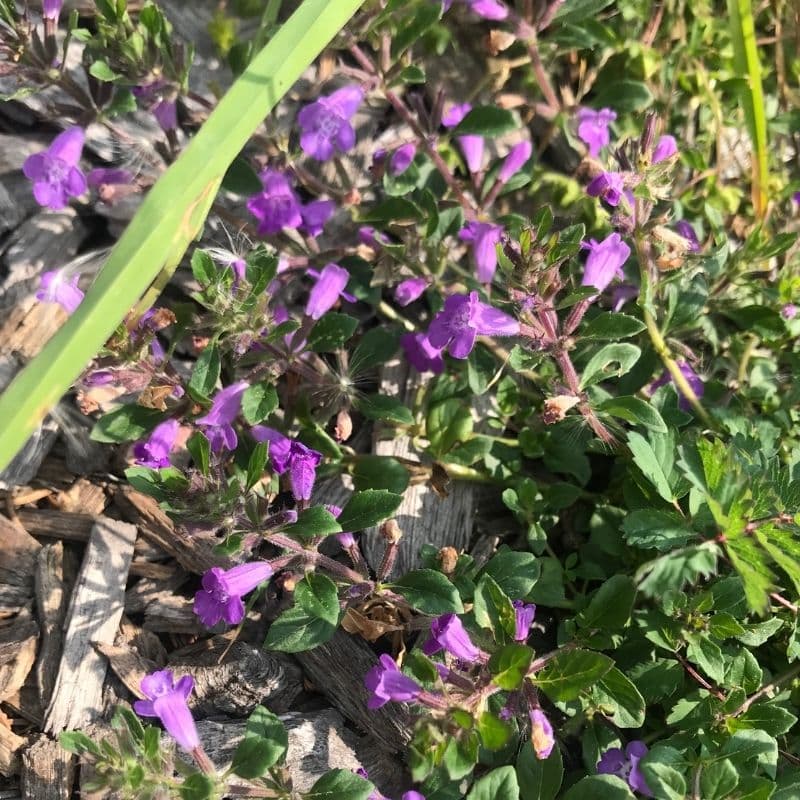

Family Lamiaceae
Clinopodium alpinum, or rock thyme, is a perennial plant.
• THE SAGE OF THE MEADOWS •


Family Lamiaceae
Meadow sage is an aromatic, nectar-rich plant that flowers abundantly, much to the delight of pollinators.
• THE ALPINE BARTSIA •


Family Orobanchaceae
This is an unusual plant, with its upper leaves the same dark purple as its trumpet-shaped flowers.
• THE YELLOW REHAB •


Reseda family
Since ancient times, yellow reseda has been one of the most widely used plants for making yellow dyes.
• THE COMMON BISCUTELLE •


Family Brassicaceae
In France, it is in danger of extinction in certain regions. It is distinguished by its bristly habit and yellow inflorescences.
• THE SAINFOIN CULTIVATED •


Family Fabaceae
It was once grown as a fodder plant for livestock, and still is today. This plant has a very dense root system and is rich in condensed tannins that limit the release of methane from livestock.
• THE LILY OF THE VALLEY •


Asparagaceae family
It is often offered on May 1st. But this plant is also known for its toxicity.
• COMMON POLYP •


Polygalactic family
It is a plant that grows in grasslands, forest edges and moors. These flowers are united in long terminal inflorescences.
• THE BELL CAMPANULA IN THYRSE •


Family of Campanulaceae
These yellow flowers are found in dense epi or thyrse. No confusion possible with another campanula
• ALPINE BUCHLEH •


Rosaceae family
Its palm leaves tend to collect morning dew, and the story goes that alchemists used these drops as an ingredient in the philosopher’s stone, hence its name Alchemile.
• ACONIT LEAF BUTTERCUP •


Ranunculaceae family
Son nom latin Ranunculus dérive du mot rana qui signifie “grenouille”, en lien avec les lieux humides où on les trouve.
• THE HEART-SHAPED LEAF GLOBULAR •


Plantaginaceae family
Its tough leaves are heart-shaped, and it produces lavender pompon-shaped flowers. It can withstand impressive temperature variations, from -30°C to around 40°C.
• VIPERINE •


Boraginaceae family
It behaves like a crop weed. It is a toxic plant in high doses, especially for livestock, due to the presence of pyrrolizidinic alkaloids.
• ANEMONE •


Family Renonculaceae
The photo above shows the fruit, the achene. Anemone comes from the Greek ἀνεμώνη, often interpreted as a derivative of ἄνεμος (anemos = wind current) which would mean “daughter of the wind”, because the wind carries away these seeds.

